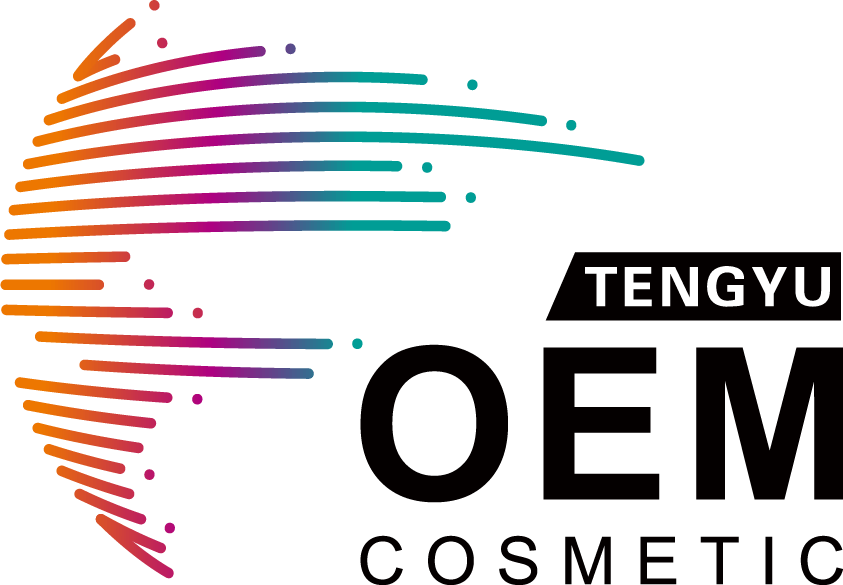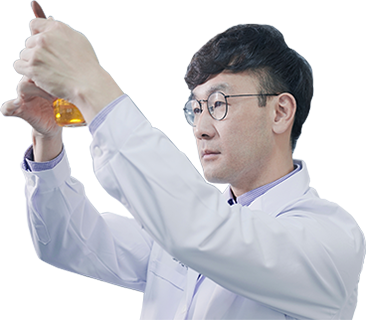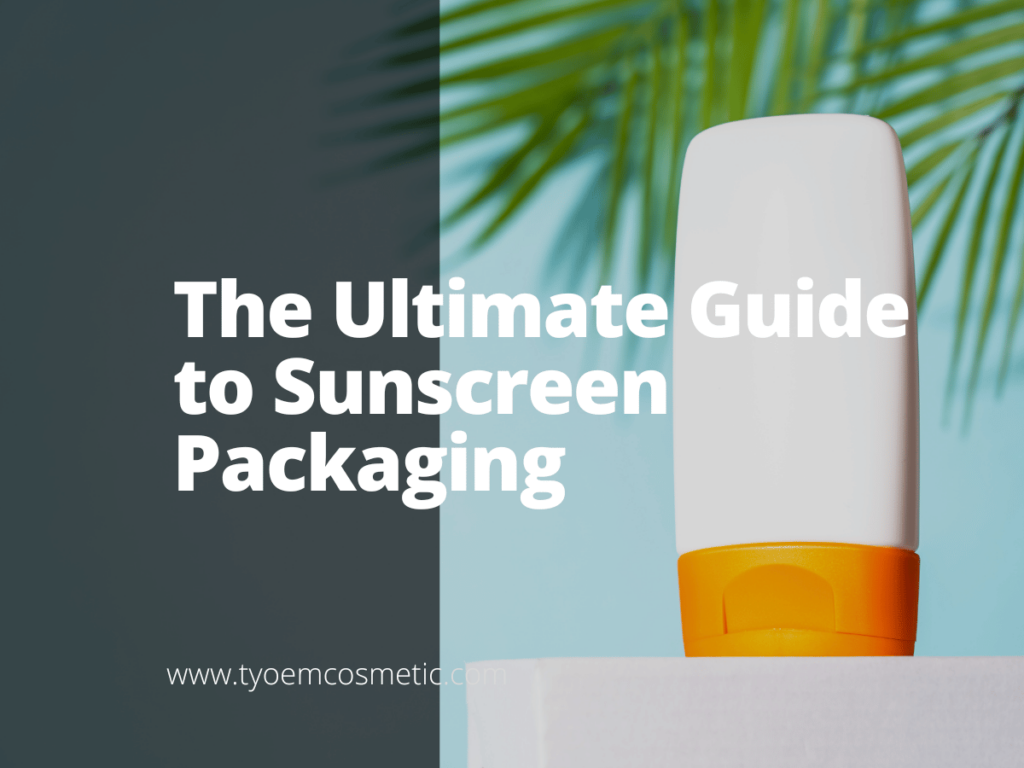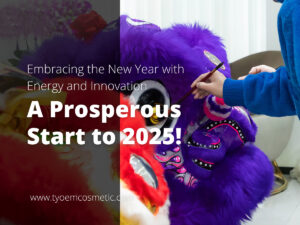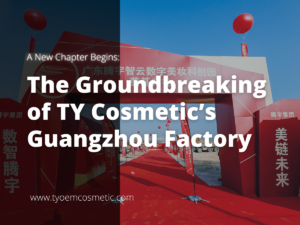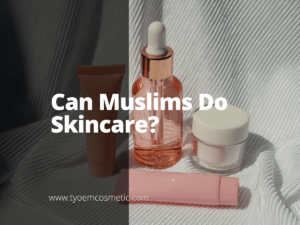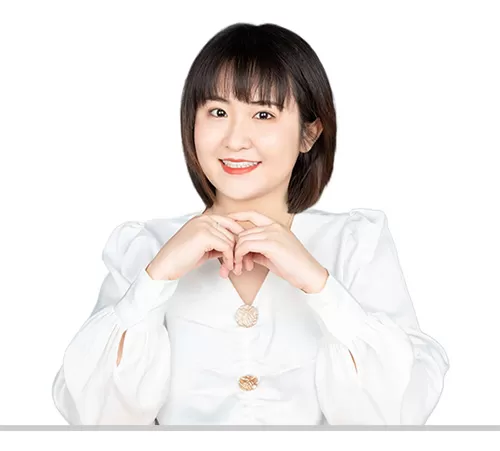Do you know how important sunscreen packaging is to your product’s success? It not only protects the product but significantly influences purchasing decisions.
With extensive experience in the skincare industry, I offer insights that drive success. Effective packaging strategies are my expertise.
Sunscreen packaging plays a crucial role in brand identity and customer engagement. A thoughtful design can elevate your product’s market presence.
In this guide, you’ll learn about the latest trends in sunscreen packaging, materials that enhance product longevity, and design tips that appeal to conscious consumers.
Stay tuned and transform your sunscreen packaging!
1. The Basics of Sunscreen Packaging
Effective sunscreen packaging protects the formula from UV radiation and contamination, which can compromise the sunscreen’s integrity. For businesses in the skincare sector, understanding this balance between functionality and design is crucial. Choosing the right packaging solution can significantly impact the shelf life and effectiveness of the product.
Packaging also plays a critical role in your product’s marketing strategy. It’s the first thing a potential buyer interacts with, so it needs to communicate your brand’s message clearly and effectively. An intuitive and attractive package design captures attention. As if that’s not enough, the right packaging can enhance the user experience, making application more convenient and thereby increasing customer satisfaction.
2. Types of Sunscreen Packaging
Having covered the basic importance of sunscreen packaging, we now explore the various options available. Here are the main types used in the industry:
Bottles
Bottles are a traditional choice for liquid sunscreens. They can be made from plastic or glass and often come with either a pump or a squeeze cap, which helps control the amount of sunscreen dispensed. This type of packaging is user-friendly and economical for large-scale production. It allows for easy application, and the opaque materials used can protect the contents from sunlight, maintaining the product’s stability.
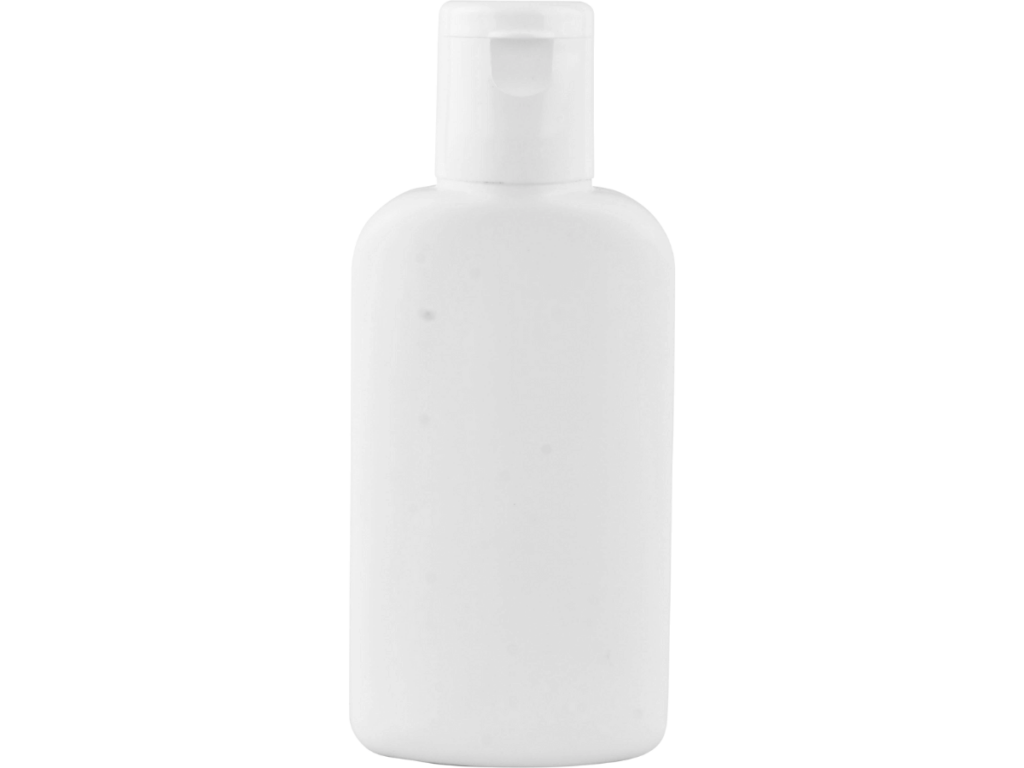
Tubes
Tubes offer a convenient, portable option for sunscreen application. They are perfect for thicker formulas and provide excellent barrier protection against contaminants and UV radiation. Tubes are also highly customizable, supporting various cap styles and decorations. They’re especially popular for their ease of use on the go, squeezing out just the right amount needed without waste.
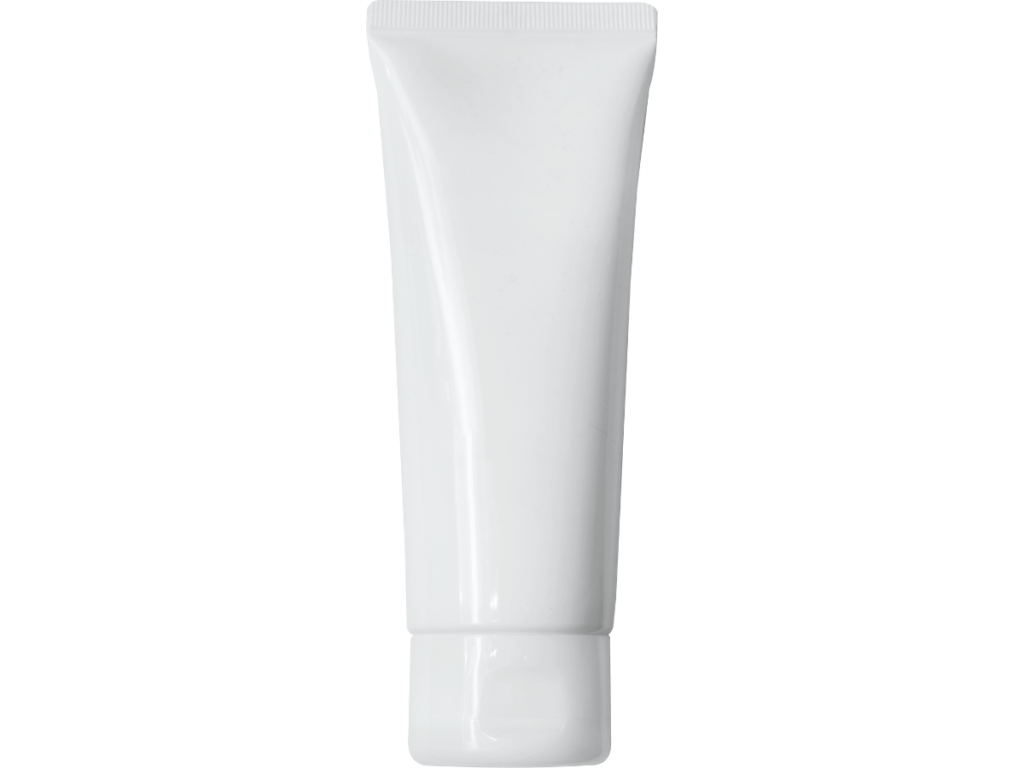
Stick Containers
For those seeking mess-free application, stick containers are the ideal choice. They’re compact and perfect for targeted application, such as on the face or around the eyes. This type of packaging is becoming increasingly popular for its convenience and portability. Stick sunscreens are solid at room temperature and are applied directly to the skin, making them a favorite for travelers and outdoor enthusiasts.
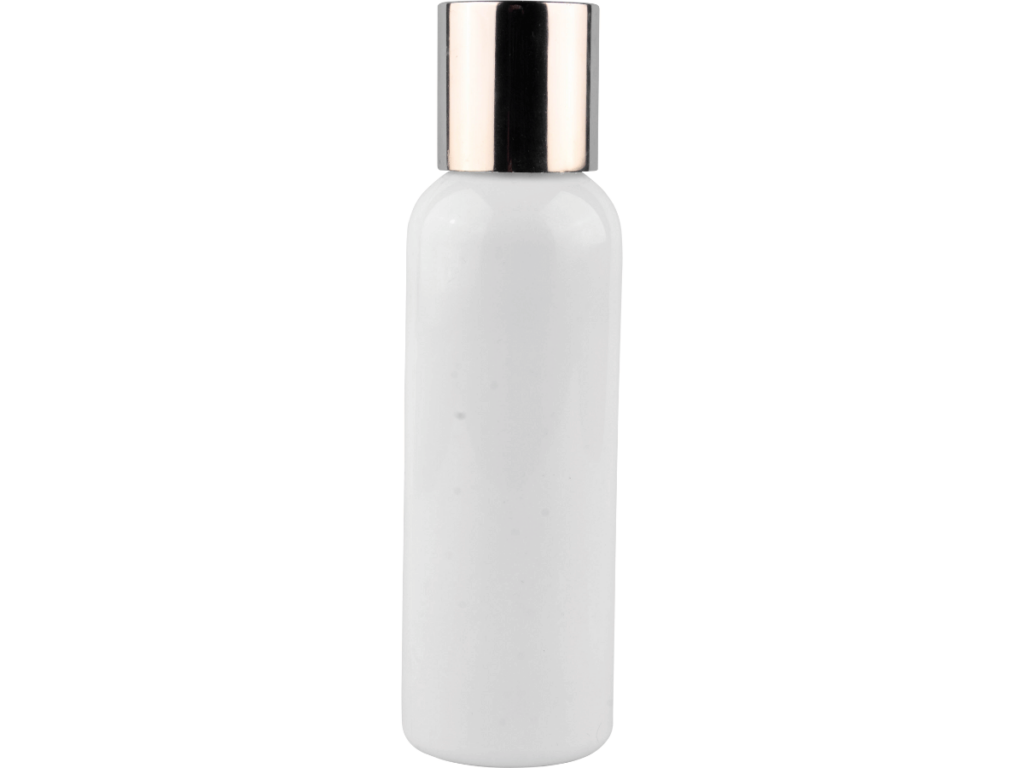
Spray Bottles
Spray bottles provide a seamless and hygienic way to apply sunscreen, offering a continuous mist that covers large areas of skin quickly and evenly. They are particularly favored for their ability to apply product to hard-to-reach places. However, it’s important to ensure that the spray mechanism is of high quality to avoid clogging and guarantee a fine, even mist is dispensed.
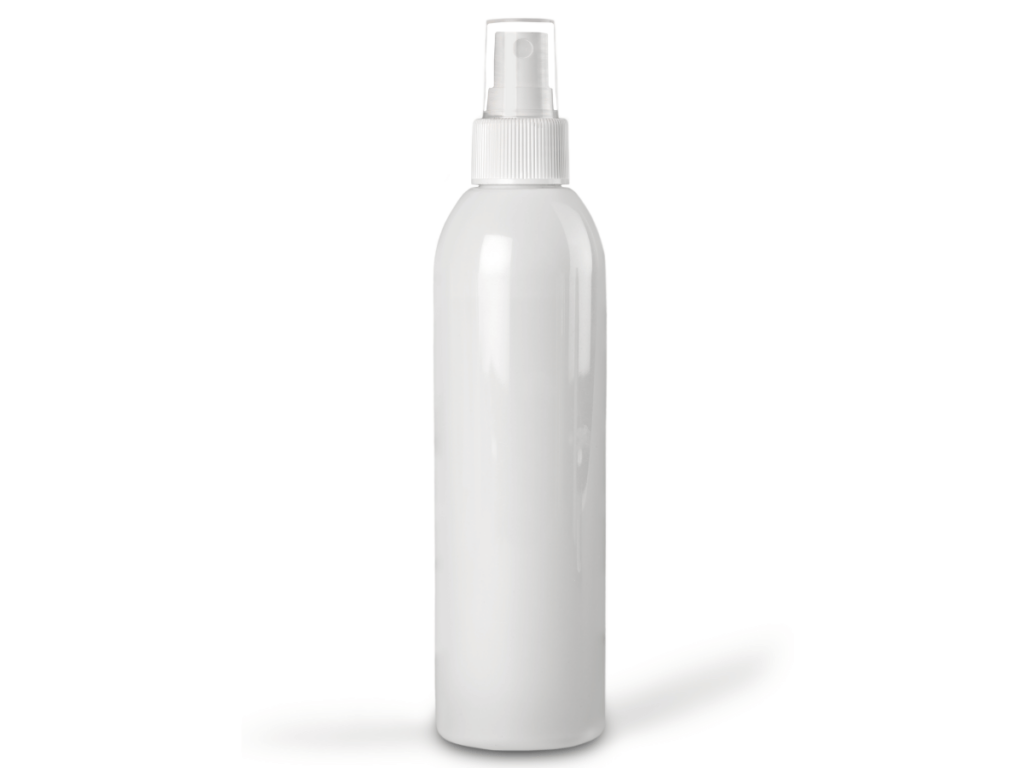
3. Materials Used in Sunscreen Packaging
After exploring the various types of sunscreen packaging, let’s delve into the materials used in their production. Here are some of the most commonly employed materials in the industry:
- Plastics: Plastics are widely used due to their versatility and cost-effectiveness. They also offer excellent barrier properties, protecting the sunscreen from external contaminants and light, which can degrade the product.
- Aluminum: Aluminum is commonly used in the form of tubes or cans, particularly for spray sunscreens. They are also 100% recyclable, which appeals to environmentally conscious consumers looking to reduce their ecological footprint.
- Glass: Glass is ideal for high-end sunscreen products. Glass can be recycled endlessly without loss in quality or purity, making it a sustainable choice for brands that prioritize environmental impact.
- Composites: Composites, such as laminates, combine the benefits of multiple materials to enhance the functionality of sunscreen packaging. They can offer improved barrier properties, mechanical strength, and unique aesthetic qualities.
4. Design Elements in Sunscreen Packaging
From the choice of materials, we now shift focus to the crucial design elements that can differentiate your product on the shelves. Here are key components to consider in the design process:
Color Scheme
The color scheme of your packaging is key to expressing your brand’s identity and appealing to your desired demographic. A study by John Byrnes found that 81% of users tried a new product because its packaging caught their eye. TY Cosmetic understands this impact, ensuring our packaging colors not only attract attention but also highlight sunscreen’s protective benefits and promote skin health.
Typography
Typography is not just about legibility; it’s about personality and clarity. Large, bold fonts might suggest strength and efficacy, ideal for sports-focused products, whereas elegant, soft fonts could better suit luxury or daily-use sunscreens. Remember, the information hierarchy on your packaging should guide the consumer naturally from the brand name to the essential product details, enhancing the user experience.
Imagery and Graphics
Imagery and graphics are not just embellishments; they communicate a story about the product. Whether it’s photos of sunny beaches and healthy skin or abstract, protective motifs, the images on your packaging should align with the product’s benefits and brand vision. This visual storytelling assists consumers in understanding the product’s use and benefits at a glance, which is especially important in a competitive market.
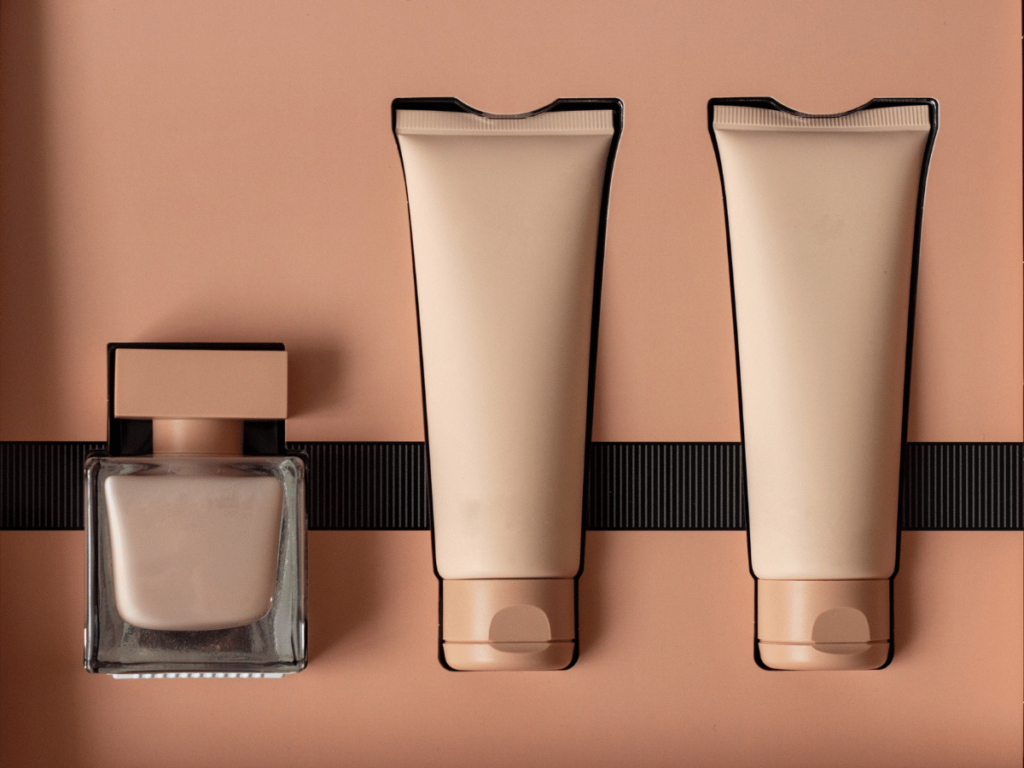
5. Common Challenges in Sunscreen Packaging
Following our exploration of design elements, it’s important to recognize the challenges that can arise in sunscreen packaging. Here are some common hurdles faced by the industry:
Material Compatibility
One major challenge is making sure that the packaging materials are compatible with sunscreen formulations. Some ingredients in sunscreens can react with certain plastics or metals, leading to degradation of both the product and its container. This can affect the product’s efficacy and safety, making material testing a crucial step.
Durability and Protection
Sunscreen products often face extreme conditions, from sandy beaches to hot car interiors. TY Cosmetic suggests that packaging must be strong enough to withstand these environments without leaking or breaking. This requires careful consideration of both design and material choice to ensure that the packaging remains functional and attractive throughout its life.
Sustainability Concerns
As consumers become more environmentally conscious, the demand for sustainable packaging solutions increases. However, creating eco-friendly packaging that also meets the functional and protective needs of sunscreen products is challenging. Brands must balance material biodegradability with UV protection and barrier qualities, which often involve innovative approaches and sometimes higher costs.
Below is a table that outlines some key sustainability concerns and considerations for sunscreen packaging.
| Sustainability Concern | Challenge | Innovative Solution | Potential Cost Impact | Environmental Benefit |
| Biodegradability of materials | Limited options that provide UV protection and moisture barrier | Development of new bioplastics and composites | Higher due to R&D and production costs | Reduces waste and pollution |
| UV protection | Traditional materials that offer UV protection are not always sustainable | Use of recyclable materials with UV-absorbing coatings | Moderate, depending on materials used | Decreases reliance on virgin plastics |
| Production process emissions | High energy and emissions in production of some eco-friendly materials | Implementation of green manufacturing technologies | Varies with technology; often higher initially | Lowers carbon footprint |
| End-of-life disposal | Difficulty in recycling composite materials used in packaging | Design for disassembly and improved recycling processes | Might increase due to design complexity | Enhances recyclability and reduces landfill use |
| Consumer adoption and perception | Skepticism about the effectiveness of eco-friendly packaging | Educational campaigns and transparency in marketing | Marketing and outreach costs | Increases consumer trust and brand loyalty |
6. 4 Tips When Choosing Packaging for Your Sunscreen Products
Navigating the complexities previously outlined in sunscreen packaging, let’s delve into specific strategies for selecting the optimal packaging. Here are tips for ensuring your packaging choices enhance both product preservation and customer engagement:
#1 Ensure Chemical Compatibility
To avoid degradation of both the product and its container, opt for materials that are chemically inert with your sunscreen’s formula. For example, if your sunscreen contains ingredients like avobenzone or oxybenzone, make sure that the material does not interact and destabilize these components. Selecting the right material not only safeguards the product’s integrity but also its long-term efficacy.
#2 Opt for User-Centric Design
Evaluate the end-user’s application experience. Packaging should be intuitive to use—one-handed operation for sprays, easy-to-squeeze tubes for creams, and non-slip grips for wet hands are all thoughtful considerations. The goal is to make the application as hassle-free as possible, encouraging regular use, which is critical for effective sun protection.
#3 Select High-Performance Materials
Choose materials that offer strong protection against UV light and are resistant to environmental stressors like heat and moisture. For instance, aluminum and certain high-density plastics offer superior protection and can prevent the sunscreen from losing its protective qualities. This not only guarantees the product remains effective but also maintains the aesthetic appeal of the packaging under various conditions.
#4 Commit to Sustainability
Integrate sustainable practices into your packaging decisions by choosing recyclable materials or investing in biodegradable options. Materials such as post-consumer recycled plastics or plant-based bioplastics are increasingly popular and reflect a commitment to environmental responsibility. This approach not only meets consumer expectations but also positions your brand as a forward-thinking leader in sustainability.
Dive Deeper Into Our Resources
Looking for more diverse service options? Browse through our handpicked selections:
Still haven’t found what you’re looking for? Don’t hesitate to contact us. We’re available around the clock to assist you.
Conclusion
Choosing the right packaging is essential for the success of your sunscreen products. At TY Cosmetic, we specialize in custom packaging solutions that protect your product and amplify your brand’s presence in the marketplace. Our team guarantees that your sunscreen stands out while maintaining its efficacy.
This guide underscores the importance of thoughtful packaging in the sunscreen industry. With us, you have a partner who understands your needs and delivers high-quality packaging solutions tailored to your specifications. Contact us today to explore how we can assist in elevating your product’s appeal and effectiveness.
